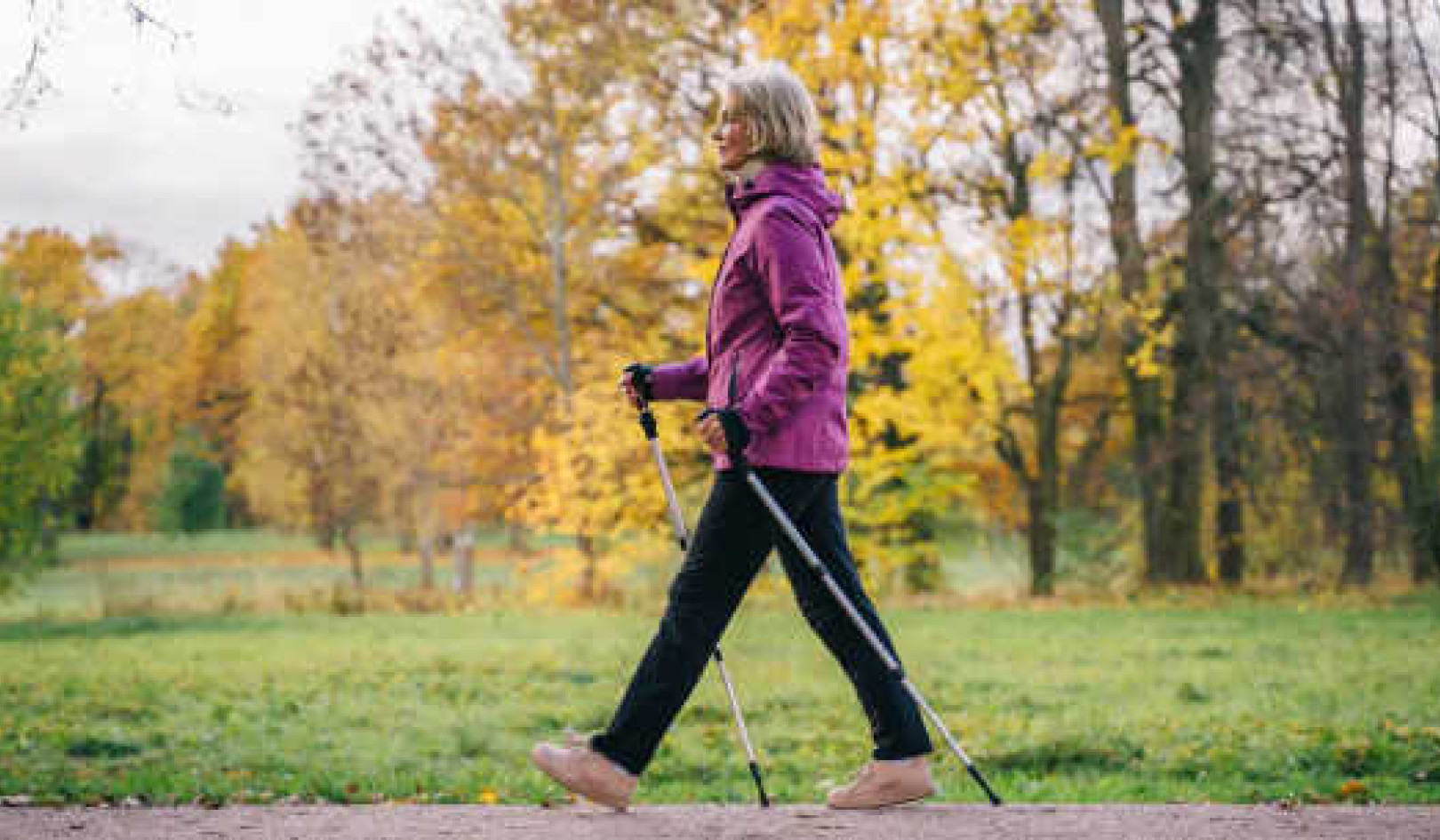
Hospice and palliative care patients who listen to live music in their rooms as part of their treatment report feeling better both emotionally and physically, a new study reports. They also request fewer opioid-based medications, according to the study.
Doctors working with seriously ill patients at Kent Hospital and Women and Infants Hospital in Rhode Island, gave them the option of having a flutist play music in their rooms as part of their palliative care, which focuses on improving quality of life and relieving symptoms for people with serious illnesses.
The idea was that music might help these patients contend with symptoms like pain and stress and improve their moods. Studies show that patients who engage with visual arts, creative writing, and other expressive activities report improved emotional and psychological well-being, according to the study.
A whole person
“The field of palliative care is very mindful of the patient as a whole person, looking out for their spiritual and emotional well-being in addition to their physical health,” says Cynthia Peng, a third-year medical student at Brown University’s Warren Alpert Medical School and lead author of the study, which appears in the American Journal of Hospice and Palliative Medicine.
The researchers conducted the study in 2017 with 46 patients. During the study, palliative care physicians integrated music as supplementary treatment into routine visits.
“…that in this high-symptom burden population that something non-pharmacological could influence their own [opioid] usage is pretty remarkable.”
Peng, who is trained as a flutist, played the music. Often, the physician introduced Peng to patients during consultation and she typically played for the patient and any family or friends present shortly after that interaction.
Before coming to Brown, Peng was a musician with the Georgetown Lombardi Arts and Humanities Program, which uses music, writing, dance, and visual arts as part of therapeutic patient care at the MedStar Georgetown University Hospital.
Patient-centered intervention
Patients could request particular songs or styles of music, or leave the choice up to Peng. She had a wide variety of music on hand for the patients’ various needs and preferences, including classical music, folk songs, oldies, hymnals, and jazz. Having that choice ensured that the intervention was patient-centered, Peng says.
Even the option to decline or accept the intervention was a way of putting the patients, who relinquish so much control when they’re in the hospital, in charge, she adds.
“I want to spend as much time as possible with my kids and grandkids… I am now getting discharged in a good mood.”
“A lot of these patients are inpatient for long periods of time,” Peng says. “People—family, friends—may visit, but for the majority of the time they’re kind of either passing time or watching TV.
“Having an intimate, enjoyable experience for the patients is really valuable, especially when they’re facing a lot of difficult decisions, symptom-management issues, maybe facing the end of life.”
Researchers tracked both patients’ opioid use and their self-reported states before and after Peng treated them to a mini concert in their rooms.
Patients who opted for the music intervention filled out a six-question version of the Edmonton Symptom Assessment Scale, which is designed to get a patient’s perspective on their symptoms. They answered questions about pain, anxiety, depression, nausea, shortness of breath, and overall feelings of well-being before and after the music intervention.
Patients or their surrogates also answered four open-ended questions about their experience with the music after hearing it.
What patients said
The researchers say the responses could be grouped into five general categories: spirituality, comfort, connection, escape, and reflections.
“The music made me think of God, granting me peace, strength and hope,” one patient wrote, while another said of the music, “It put me in a quiet pasture.”
Other patients said the music reminded them of playing music for their children years ago or choosing music to accompany their painting practice. One wrote, “I want to go home in a happy mood. I want to spend as much time as possible with my kids and grandkids as possible. I am now getting discharged in a good mood.”
Of the 46 patients in the study, 33 used opioids, and the researchers tracked their levels of use before and after the music intervention.
Unlike the broader population of patients, the use of opioids is not generally considered problematic for palliative care patients, who must cope with many symptoms from their illnesses, and hospice patients, who are typically in the end stages of their lives, Peng says.
These patients often require high doses, and although one might expect opiate use to increase after the physician visit, the study’s findings suggest a trend toward a decrease in opioid use.
While the study was performed with a limited timeframe and patient census, Peng says, “To demonstrate that in this high-symptom burden population that something non-pharmacological could influence their own usage is pretty remarkable.”
Peng says she hopes that hospital and clinic administrators will consider incorporating music and other interventions in patient care.
“Classical music shouldn’t just be for concert halls. It should be something that everyday people can participate in, take part in. I hope more hospitals and healthcare settings can make music accessible as a source of comfort for patients and their families.”
Additional coauthors are from Care New England. The George A. and Marilyn M. Bray fund for Medical Humanities through the Warren Alpert Medical School of Brown University funded the work.
Source: Brown University
Related Books
at InnerSelf Market and Amazon

























